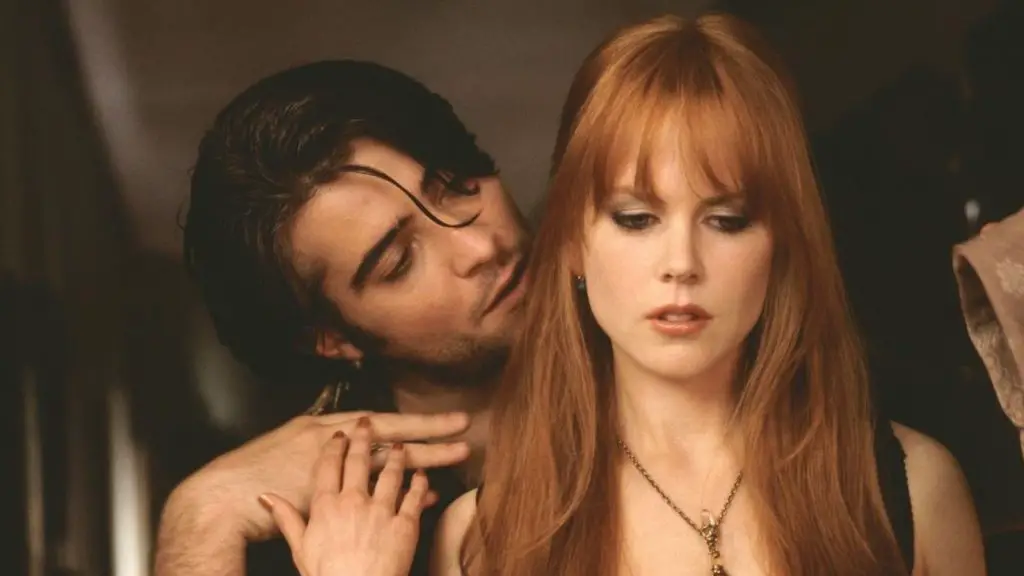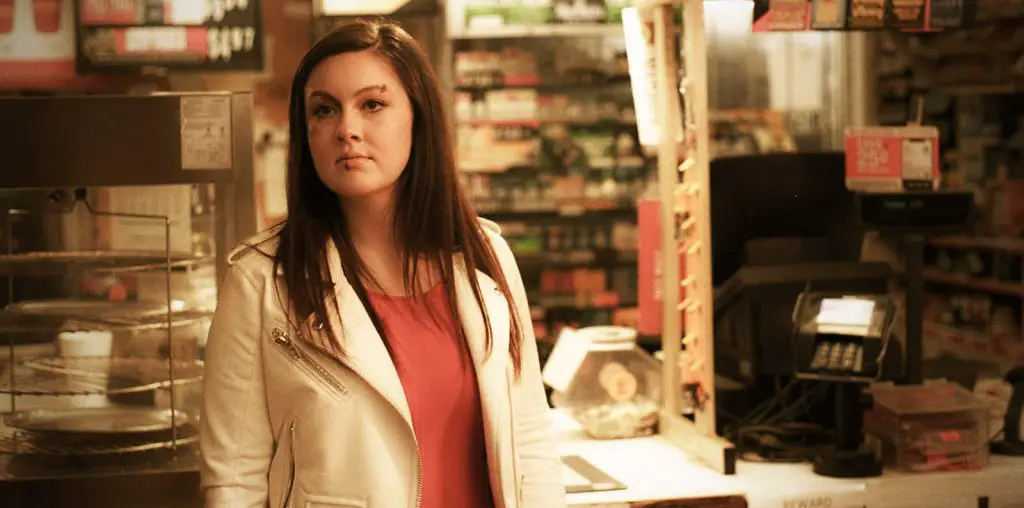
From the archetypal studio boss down to the antsy teenagers in the audience, the movies were fashioned as a man’s game. With the filmic point of view decidedly masculine, Laura Mulvey was destined to reveal the concept of the “male gaze.” Sensitive digressions were thought to be “too French,” while introspection that “slowed” a narrative’s pace was thought to be too moody, i.e., too German, the stuff of madness and better suited to horror films. In conceiving the mainstream, the dream factory had little patience for any “Others.”
Hence, a non-hetero-male point of view was territory yet to be discovered. To “find” an alternate aesthetic was a promising thought – it could be personal, all one’s own; yet it was remote enough to leave even the most passionate a little skeptical.
African American lesbian Cheryl Dunye entered such territory with the medium of experimental video. She stepped in with hardly a consideration for constructions handed down by men who would love to leer at her sex acts but would be too willing to repress her rights. In her early short works collected in this set, Dunye’s documentary style is so personal that it seems confessional, almost therapeutic. Her admirers fondly coined her style the “dunyementary.” Sure, this quip grows old as soon as you first read it, but a style as innovative and passionate as this one deserves its own stamp. It is as informed by its urgent ideology as it is by innovation.
Her first entry, the short “Janine” (1990), is a confessional about a high school friend. The title character, a white girl from the main-line side of City Avenue in Philadelphia (Dunye is from the West Philly side), may have been the filmmaker’s first love, or just a good friend – either way, Janine appears to be a means through which Dunye articulated her own sexuality. In a monologue, Dunye opens up about their time together, and her narrative seems so natural and honest that it’s hard to think it was rehearsed. Dunye doesn’t clarify her intentions here: her conclusion that she “thinks she is over the whole Janine Cirelli thing” is more of a sigh of relief now that she has documented the story. Still, it feels like a ledge on a mountain that reveals higher peaks. Vague as it may be, her enigmatic document still seems incisive, cutting right to the truth. After Janine, we need more work from this filmmaker.
“She Don’t Fade” (1991) is a reflexive hybrid of fiction and documentary. In the video, real people address the camera to transform themselves into characters, as if fiction is employed to find truth in the doc format. Lesbian relationships develop in this narrative, and Dunye prints and includes many “wrong” takes to document the steps of the journey. She also uses characters in tableaux while others describe the action in voiceover – do the synthesis of such images indicate a wish, desire, or a conviction of what is sure to come? In another reflexive move, Dunye constructs lesbian sex scenes without heteronormal influences. The camera remains stable, not searching out – or deliberately avoiding – sexual images, but presenting them as they are. The result reveals lovely waves of flesh, not so much sexual as they are just beautiful. Dunye follows her characters’ new love interests with just as much curiosity.
“The Potluck and the Passion” (1993) moves the scenario over to established relationships. A classical narrative arc emerges from this piece, though Dunye won’t let it play out as resolved. Here the filmmaker assembles various couples to show that all isn’t well once fully out of the closet: will an interracial couple withstand the interest of another insightful black woman, and should a black academic feel she’s betraying her race by studying the Irish novel? Meanwhile, a New York couple coming down to the Philly potluck is on the verge of self-destruction. This Italian butch and a Latina femme can’t make any decisions without butting heads. Regardless of what the late (thankfully!) Jerry Falwell preached, much is the same among gays and straights.
A short photo essay with narration called “Vanilla Sex” (1992) discards narrative and character to zoom in on lesbian eroticism. Dunye’s voice-over points out that the title phrase means lesbo S&M sex sans toys, while the phrase holds another connotation to a black lesbian like herself who may dig a white chick. This brief bit of irony raises other questions from the subtext – just how do we describe lesbian sex to the insiders and outsiders? More that this, how should one construct it in a heteronormal media? And how does a black lesbian reconcile racial issues with her sexuality? Points that the earlier videos address, undoubtedly, while this shorter work cuts right to the matter. This one may lean more towards propaganda, but it realizes ideas and infuses purpose into the art.
“Untitled Portrait” (1993) uses home movies for Dunye to reflect on the childhoods of herself and her brother. Reflecting in voiceover allows her to find a unique personal portrait in retrospect. The collection’s final entry, “Greetings from Africa” (1994), is not the trip to the “motherland” that the title would suggest. It is Dunye’s first step towards streamlined narrative filmmaking, in which she employs her self-discovery methods in a story proper. “Greetings” snapshots the confusion of mingling in an “open” dating scene, where a woman will strip and join you in the tub and then have you hang out with her steady just afterwards. Once again, race cannot be ignored, since the babe that strips and dips into the diegetic Cheryl’s tub is snow white – and looking like a young cousin of Mia Farrow, to boot.
A short interview with Dunye on this disc focuses on her agenda to present African American lesbian life through her work. The main focuses are “Greetings” and her 1997 feature film, “The Watermelon Woman,” about Dunye’s quest to investigate the obscure 1930s black actress Fae Richards, who just so happened to have a white lesbian lover. The filmmaker’s steps toward this feature film are self-assured, natural, and fascinating. “The Watermelon Woman” remains unseen by me, but not for long.

